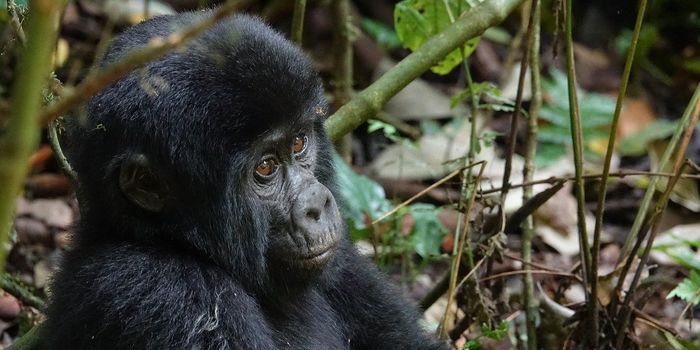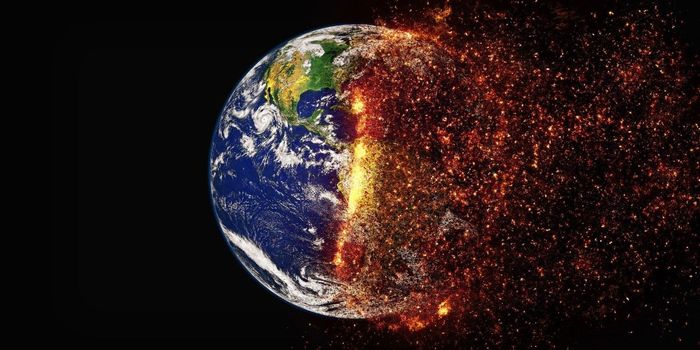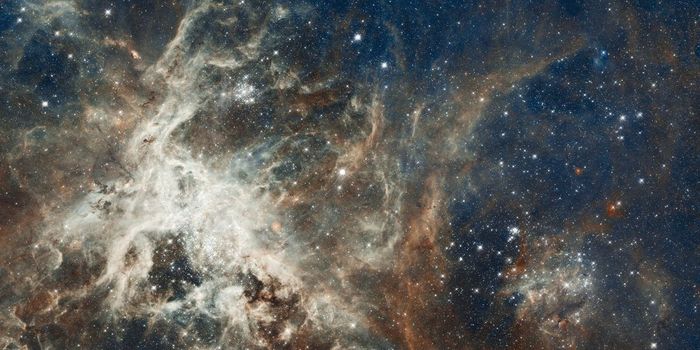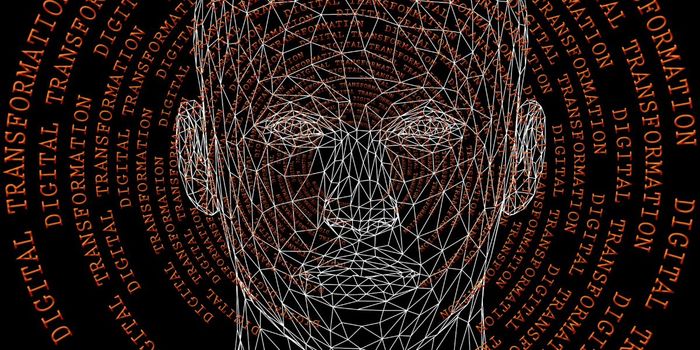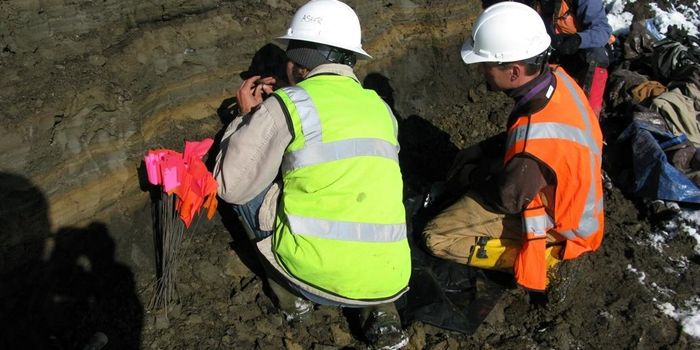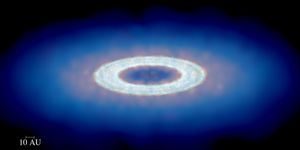A Family Tree for Stars
On Earth, we can use the DNA from plants and animals to make a family tree, which allows us to see what's related and what's not, but what if we told you that the very same could be done for the stars in our universe?
Indeed, while stars might not have DNA like plants and animals do, they do have chemical makeups. Depending on where the stars were formed, it might be possible to take their chemical makeup and compare it to other stars to determine if they were formed in similar regions or not.
Some astronomers have done just that, identifying as many as 22 stars in the Milky Way. A number of them look like they could be related to our Sun. This simply means that they were formed out of the very same dust clouds that formed our Sun.
Others were related to other stars in the Milky Way, while others were completely different, suggesting that perhaps the Milky Way galaxy scooped them up from another passing galaxy at some point in time.
Because there are so many stars in the universe, it's hard to say for sure, but perhaps this is a new step in the right direction for categorizing stars.

